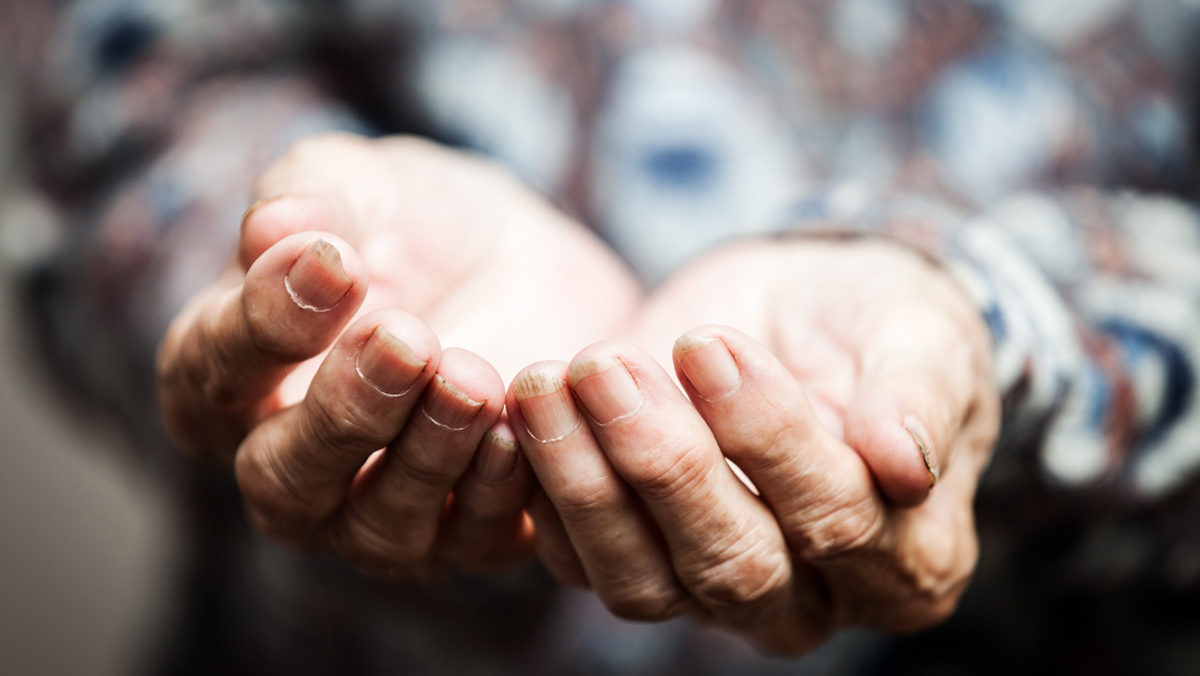Education as the solution to the rare disease ‘diagnostic odyssey’

It took more than a year for Don Legere to receive a diagnosis of scleroderma, a rare disease that causes the skin and connective tissues to thicken and harden, robbing people of their jobs and passions. It means that in his role as president of the New England chapter of the Scleroderma Foundation, he is determined to make sure others do not suffer the same fate.
Father-of-four Don had just turned 50 when he started to experience symptoms of scleroderma, an umbrella term relating to a group of rare diseases that affect the skin and connective tissues.
Upon returning from a hunting trip, he had an unusual swelling and discomfort in his hands and feet that would just not go away.
“It took them a year to diagnose me, and it happened by a process of elimination,” he says.
“At one point, they thought it was Lupus, then they thought I had a rare blood disease and told me I only had three months to live.” Aside from the obvious psychological impact of his diagnostic odyssey, it also allowed the symptoms of the progressive condition to worsen and his skin started to tighten.
It was only when Don, who lives near Concord, New Hampshire, went to Boston to receive treatment for suspected lupus that he was diagnosed.
“A doctor who specialised in scleroderma came into the room, took one look at me and said ‘oh, you have scleroderma’. It was very matter of fact. At first, I was relieved, because at least I knew what I was fighting,” Don says.
His relief, however, was short lived, as he was told there was no cure for the potentially fatal condition, which was a complete mystery to him. In desperation, he turned to the foundation to educate himself on the disease, its impact, and its treatment.
“I called the foundation because I didn't know the doctors, I didn't know who was who, what was what, and where to turn next,” he says.
Education is the key
Scleroderma, Don explained, is most common in women in their 40s, and usually starts with the circulatory disorder Raynaud’s. Symptoms vary according to type and severity, but it can involve localised areas of skin, connective tissue, or even internal organs.
In Don’s case, he developed interstitial lung disease four-and-a-half years after his diagnosis, when the organs started to harden.
He blames a lack of awareness, along with his atypical presentation – he was a man and didn’t develop Raynaud’s until later on – for his delayed diagnosis.
Don said: “If I had gone to a hospital where they had a doctor who worked with scleroderma patients, I would've been diagnosed much sooner.
“But most doctors only study autoimmune diseases for two to three weeks during their studies, and scleroderma is just one of 200-odd autoimmune diseases.”
The Scleroderma Foundation, he explained, runs annual educational seminars for doctors across the US and Canada, and also publishes national and local newsletters to raise awareness. This can help bridge a knowledge gap for doctors who receive very little education on the disease unless they choose to specialise in it.
Treatment and support
While there is no cure for scleroderma, various treatments are available, as well as potential medicines undergoing clinical trials.
Treatments used today only address clinical manifestations, and not the underlying drivers of the disease, and include chemotherapy and stem cell transplantation – both of which Don has undergone.
“I had one dose of chemotherapy a month for a year, but six months after I stopped, my lungs started hardening again,” he says, adding that he had a stem cell transplant in 2015.
“My skin softened dramatically and my lungs remained stable, maybe improved a little bit. But after a year-and-a-half, my lungs started to fail and develop fibrosis.”
He is currently taking three different drug protocols, including immunosuppressants to keep his condition under control, but scleroderma is more than its physical symptoms.
“Many of us with the disease look almost scary. Your face deforms as your mouth tightens and a lot of people won't go out in public because they're not comfortable with themselves,” says Don.
He added that many people develop extremely painful ulcers in their fingers and toes due to lack of circulation, and many experienced joint cramps, extreme fatigue, gastrointestinal complications, and debilitating lung problems.
Like many of those in the support groups he and his wife Cathy facilitate in New Hampshire, Don has been forced to give up many of the things he used to love.
“I used to barefoot water-ski, but I can't do that anymore because I can't hang on to a rope. Cathy and I snowmobiled all through Canada for 10 years, but we had to give that up because of my Raynaud's,” he says.
“I used to play the guitar. I can't do that anymore because my fingers can't reach the strings and my fingertips are so painful.”
Empowerment
Asked his advice to anyone who is living with a rare disease, Don says that people have to be their own best advocate – and “get educated”.
“Seek out the people who know about your condition. Get to the right doctor, get to the right facility,” he says, adding that online forums and advocacy groups, like the foundation, were a great place to find trusted information and peer support.
“The hardest part is getting diagnosed, because so few people know about it,” Don says. “Once you learn what you have, get to the best doctors you can find and do it quickly. The sooner you act, the more likely they will be able to suppress the disease from getting worse.”












